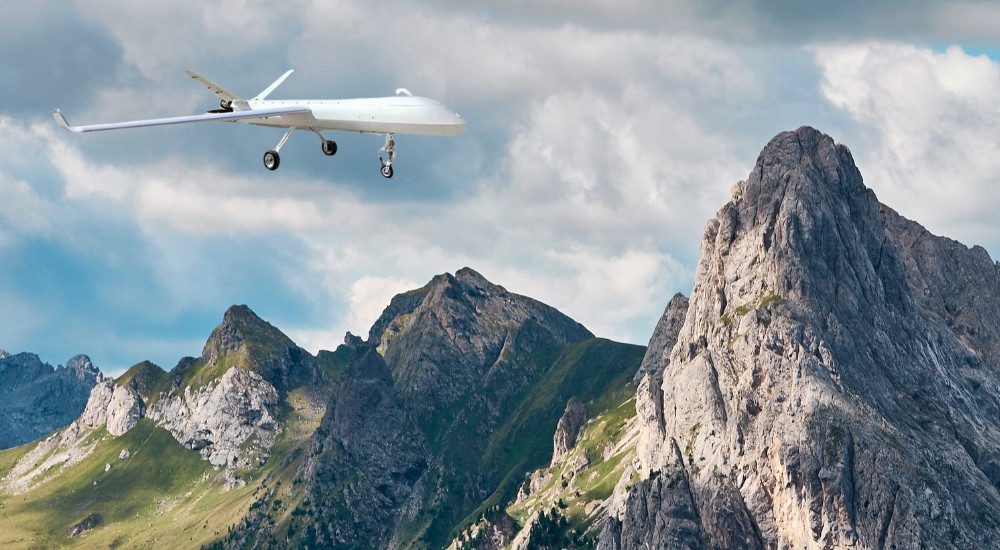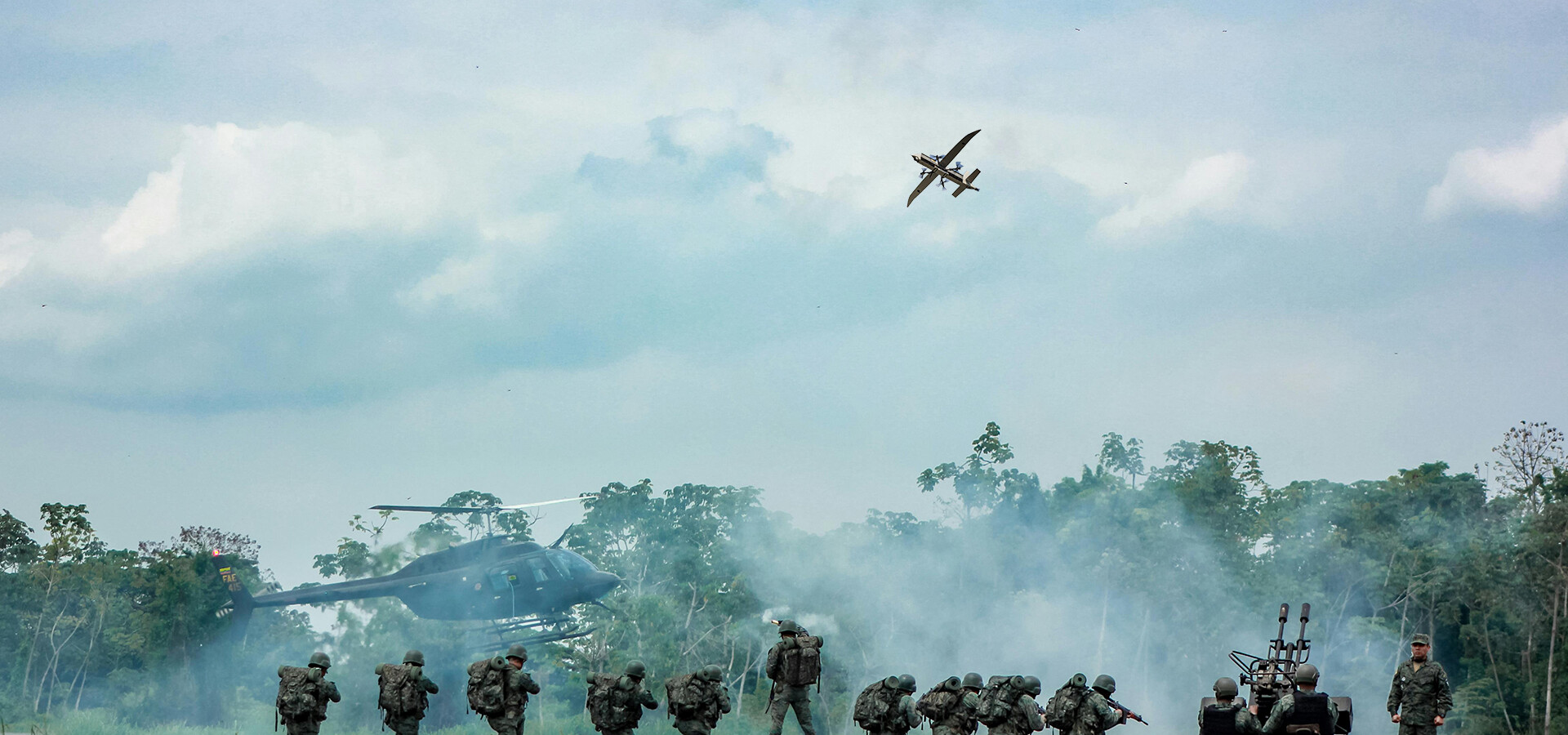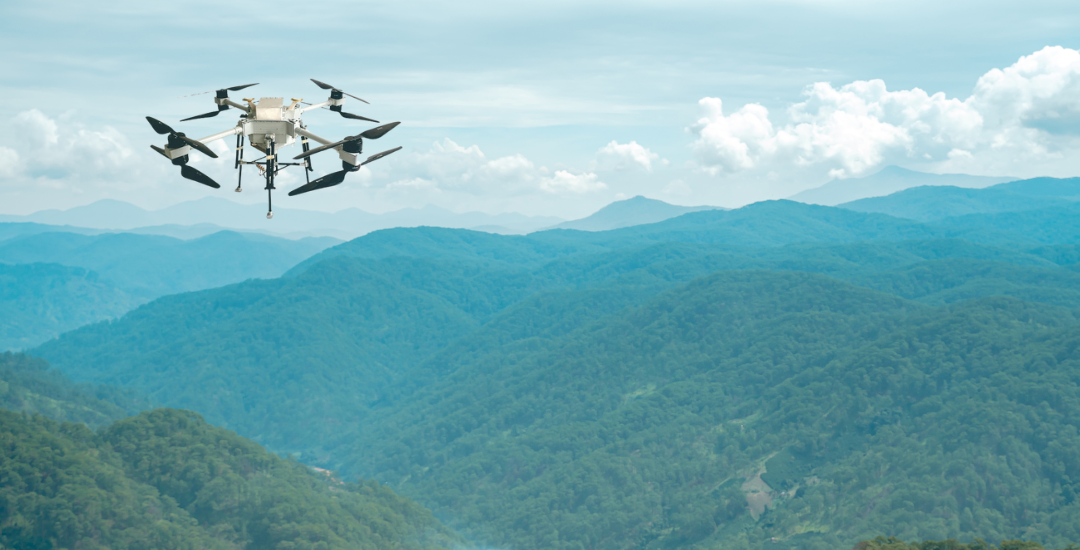NEWS
Home > News
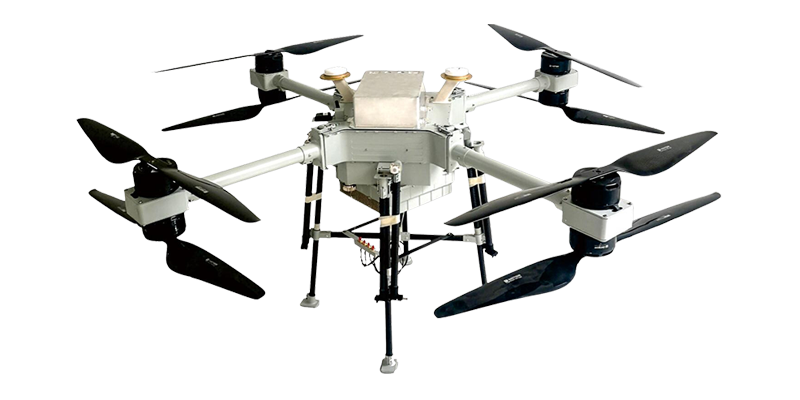
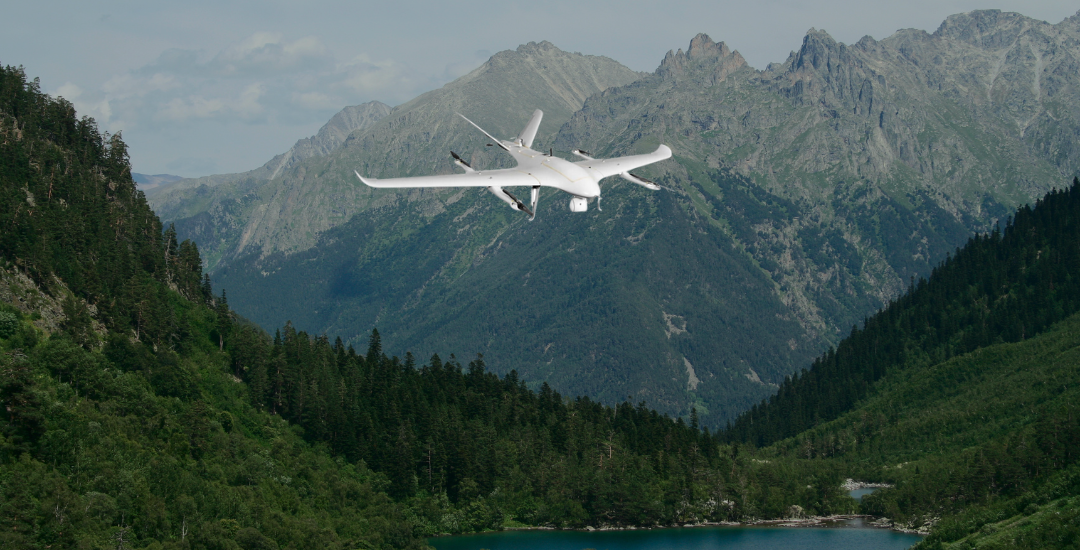
Military UAV, or drones, have revolutionized modern warfare. Once limited to reconnaissance missions, UAVs now play a crucial role in combat, logistics, and intelligence gathering. With rapid advancements in artificial intelligence, swarm technology, and stealth capabilities, the future of military UAVs is set to redefine the battlefield. This article explores the key trends and innovations shaping the next generation of military drones.
A Brief History of Military UAVs
Military drones have evolved significantly over the past century. Early UAVs were primarily used for target practice in the 20th century, but their role expanded during the Cold War with surveillance operations. By the 21st century, drones like the Predator and Reaper became essential for airstrikes and reconnaissance in counterterrorism operations.
Current Role of UAVs in Military Operations
Military UAVs today serve diverse functions, including:
- Surveillance and Reconnaissance: UAVs provide real-time intelligence, monitoring enemy movements with high-resolution cameras and sensors.
- Combat UAVs: Armed drones conduct precision airstrikes, reducing risks for human pilots.
Logistics and Supply: UAVs transport medical supplies and equipment to remote or dangerous locations.
Key Trends Shaping the Future of Military UAVs
The future of military UAVs is defined by several groundbreaking trends:
- Artificial Intelligence (AI) and autonomy
- Swarm technology
- Stealth and counter-drone strategies
These advancements will enhance the speed, efficiency, and survivability of drones on the battlefield.
Artificial Intelligence and Autonomous UAVs
AI-powered UAVs are capable of independent decision-making, reducing the need for human operators. Key innovations include:
- Machine learning for target recognition
- Autonomous navigation and threat assessment
- Ethical concerns over AI-driven lethal decision-making
While AI enhances UAV capabilities, ethical and legal challenges remain a major concern.
Swarm Technology: The Next Battlefield Revolution
Swarm UAVs operate as a coordinated unit, overwhelming enemy defenses. Benefits of drone swarms include:
- Improved battlefield coverage
- Lower cost compared to traditional aircraft
- Increased resilience against countermeasures
Countries like the US and China are actively developing UAV swarm systems for future conflicts.
Stealth and Counter-Drone Innovations
Modern UAVs are incorporating advanced stealth features to evade enemy detection. Counter-drone systems are also being developed to neutralize hostile UAVs. Innovations include:
- Radar-absorbing materials
- Electronic warfare capabilities
- Autonomous UAV interception systems
These technologies ensure UAVs maintain air superiority while defending against enemy threats.
Hypersonic UAVs and Speed Advancements
The development of hypersonic UAVs, capable of speeds exceeding Mach 5, presents new opportunities and challenges for military operations. Benefits include:
- Rapid response times
- Increased survivability against air defenses
- Greater operational reach
However, hypersonic UAV technology remains in early development, facing challenges in propulsion and materials science.
Energy and Endurance: The Future of UAV Power Sources
To extend UAV endurance, researchers are exploring alternative power sources such as:
- Solar-powered UAVs
- Hydrogen fuel cells
- Wireless energy transfer
These technologies could enable UAVs to remain airborne for weeks or even months.
Integration of UAVs with Next-Gen Military Systems
Future UAVs will seamlessly integrate with next-generation military platforms, including:
- 6th-generation fighter jets
- AI-driven battlefield coordination
- Naval and ground force interoperability
This will enhance combat efficiency and situational awareness across all military branches.
Cybersecurity and the Threat of UAV Hacking
As UAVs rely on advanced software, cybersecurity threats are a growing concern. Risks include:
- Enemy hijacking of UAV controls
- Data breaches and intelligence leaks
- GPS spoofing and signal jamming
Implementing robust encryption and AI-driven security protocols is crucial to safeguarding UAV operations.
Conclusion
Military UAVs are at the forefront of modern warfare, with advancements in AI, swarm technology, and hypersonic speeds shaping their future. While these innovations offer strategic advantages, they also introduce ethical, legal, and cybersecurity challenges. As global militaries continue investing in UAV technology, the future battlefield will be increasingly dominated by autonomous aerial systems.
FAQs
What is the primary role of military UAVs?
UAVs are used for surveillance, reconnaissance, combat, and logistical support in military operations.How does AI improve military UAVs?
AI enables autonomous decision-making, advanced target recognition, and improved mission efficiency.Are hypersonic UAVs a reality?
While still in development, hypersonic UAVs promise ultra-fast speeds and enhanced operational capabilities.How do militaries defend against enemy drones?
Electronic warfare, laser systems, and interceptor drones are used to neutralize hostile UAVs.
What is drone swarm technology?
It involves multiple UAVs operating in coordinated formations for surveillance, attack, and defense missions.
SHARE:
Send a Message
RECENT POSTS
 How VTOL Drones Are Transforming Delivery Services2025-03-28
How VTOL Drones Are Transforming Delivery Services2025-03-28 VTOL Drones vs. Fixed-Wing & Multirotor: Pros and Cons2025-03-21
VTOL Drones vs. Fixed-Wing & Multirotor: Pros and Cons2025-03-21 Top 10 Safety Tips for Operating VTOL UAVs in Urban Areas2025-03-14
Top 10 Safety Tips for Operating VTOL UAVs in Urban Areas2025-03-14 Choosing the Right Fixed-Wing UAV for Your Needs2025-03-07
Choosing the Right Fixed-Wing UAV for Your Needs2025-03-07 What Is a VTOL Aircraft? A Beginner’s Guide2025-02-24
What Is a VTOL Aircraft? A Beginner’s Guide2025-02-24
Get in Touch
Please use the form below to get in touch.
If you need a reply we will get in touch as soon as possible.

